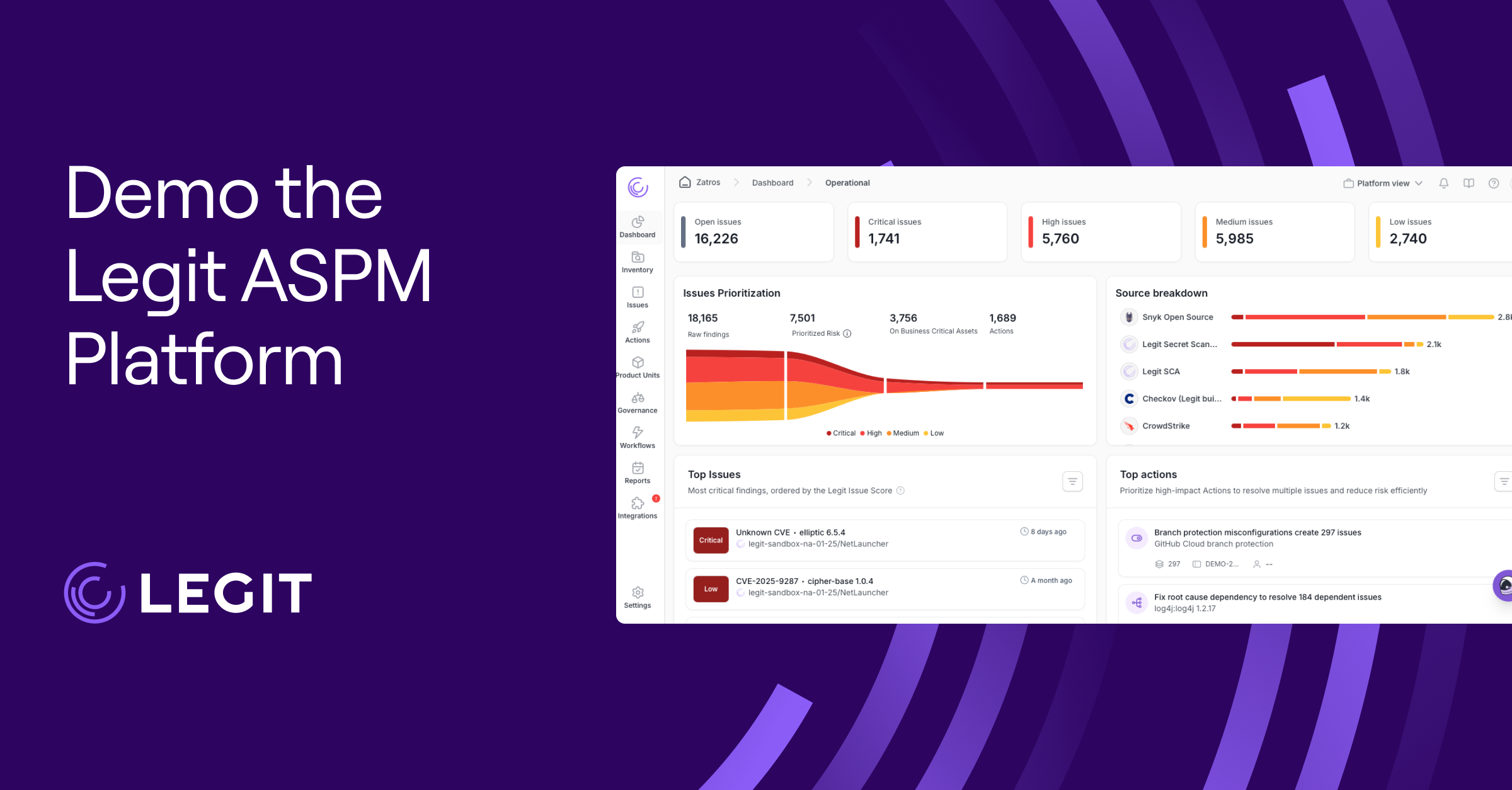Cyberattacks have surged and are unlikely to slump. Booms in AI, third-party integrations, and dispersed networks have widened the attack surface. These technologies and systems create more entry points for hackers to sneak through, leaving organizations at higher risk of targeted breaches.
Identifying and addressing your security’s weak spots using vulnerability mitigation before cybercriminals can exploit them is crucial. Read on to discover how vulnerability mitigation strategies can protect your assets, minimize risk, and prevent minor oversights from endangering your operations.
What Is Vulnerability Mitigation?
All security systems, regardless of how well they were designed or implemented, have flaws. Vulnerability management and mitigation is the process of identifying, assessing, and containing security flaws before they become problems. It’s a proactive approach that keeps systems one step ahead of cybercriminals.
Take the 2021 Log4Shell attack for example. Hackers discovered and weaponized a critical vulnerability in Apache’s Log4j, a Java-based logging library. A simple loophole allowed threat actors to execute arbitrary code, access sensitive data, and take remote control of targeted systems. The attack compromised Amazon, Apple, IBM, LinkedIn, Minecraft, and dozens more.
A mitigation strategy for Log4j could’ve looked for weak access controls and vulnerable spots in the library long before hackers found them. Other examples of mitigation include network segmentation, monitoring and scanning, and encryption.
Vulnerability Mitigation vs. Vulnerability Remediation
Mitigating vulnerabilities is an ongoing process. It’s a set of strategies DevSecOps teams use to reduce the risk of security problems across an organization’s tech landscape, especially for gaps in coverage or problematic pieces of code that hackers could exploit.
However, mitigation isn’t a permanent solution for security issues. Think of it like a bandage: Mitigation stops bleeding in the moment, but it doesn’t identify where the harm came from or stop it from happening again.
Vulnerability remediation, on the other hand, permanently resolves security concerns. It requires bigger steps like patches, reconfiguration, or rewriting your protocols. Often, remediation comes after a problem has been mitigated. Opt for it when you have the means to do so, but because it’s time-intensive, it won’t be the best choice in an active emergency (unlike mitigation).
Your vulnerability management strategy should account for both mitigation and remediation. How and when you apply these processes depends on the urgency of your problem and the resources at your disposal.
Why Is Vulnerability Mitigation Important?
Cyberattacks can do unprecedented damage to your organization’s data, finances, and credibility. A mitigation strategy safeguards your business when your firewalls fail and vulnerabilities slip through the cracks, and keeps malicious actors from accessing sensitive information.
Your code is only as strong as its weakest line. Considering AI’s recent technical leaps, organizations are facing new threats—especially smaller businesses and those with obvious security gaps that might look like an easier target to hackers. By regularly assessing weaknesses and prioritizing and resolving them, you can avoid costly shut-downs before they’re a serious concern.
6 Vulnerability Mitigation Strategies
Beating threat actors to the punch demands meticulousness, precision, and foresight. The best mitigation plans balance proactive monitoring with quick responses: Formulate a system that’s easy to implement and execute, then regulate and adjust if need be.
Here are a few mitigation strategies you can execute promptly, at low cost, and with few resources.
1. Prioritize Vulnerability Identification
Identifying vulnerabilities is the cornerstone of any good mitigation plan. Your strategy should start with identifying any flaws in your system.
The quickest way to pinpoint weak spots is to deploy a comprehensive vulnerability scan. These scans can be done manually by your team, but many organizations have automated the process with security tools. The software will probe the entirety of your network and systems to detect potential vulnerabilities or unwanted activity. For even stronger security practices, Legit Security’s cyber risk assessment will analyze everything a scan can’t reach across your operation and assets.
2. Implement Security Controls
The simplest answer is often the correct one. A strong firewall, encryption protocol, and network segmentation go a long way in data protection. As your first line of defense, they’ll prevent most threats from succeeding. They’re also cost-effective, and require little expertise to set up and use effectively. Some teams are turning to cloud-based network and encryption controls like Secure Access Service Edge (SASE) architecture as a way to improve security across a wider network.
3. Develop Incident Response Protocols
If a cyberattack were to hit, you have to be prepared for the worst. Technicians need to know what to deploy, abort, or quarantine, and when to override previous authorizations. DevSecOps teams need to have the tools and machinery to scale and support their mitigation. Your PR team needs protocol for how and when to address the concern if it affects your customers. You’ll be in control of it all, and everyone should have an idea of the best next steps. Quick thinking, foresight, and composure are part of mitigation, too.
4. Continuously Monitor Your Assets
Vulnerability mitigation isn’t a one and done step: Maintaining your front line is an ongoing process you’ll have to consistently stay on top of. Your strategy must adapt to and keep up with a rapidly changing technical landscape. AI coding and automations have created both new vulnerabilities in code and hackers who don’t have to have technical prowess. Regular monitoring at each stage in the software development lifecycle (SDLC), including updating security controls with personnel changes and frequent vulnerability scans, can quickly point out gaps where malicious actors could intervene.
5. Consider Automation
AI won’t solve all your problems, and you shouldn’t rely solely on it for threat protection. Nearly half (45%) of all AI-generated code has security flaws. That said, you have to outsmart your adversaries, and AI can be helpful as part of a bigger-picture vulnerability mitigation plan.
Using AI responsibly can lessen your security team’s burden by streamlining and automating vulnerability detection, monitoring, and threat response. And tools like Legit Security’s AI discovery can find and prioritize issues with AI-generated code across the development landscape.
Prepare Patch Management and Remediation
Vulnerability mitigation and remediation are complementary processes. Mitigation can prevent and offset damage, and remediation will decrease the longer-term need for damage control. Thinking ahead is paramount to an effective management plan. Mitigation only keeps threats at bay for so long, so it’s important to resolve vulnerabilities as soon as possible. To the best of your ability, designate budget, personnel, and time to remediation. This way, you won’t have to worry about the same problems over and over again.
Enhance Vulnerability Remediation With Legit Security
Risk assessment and threat prevention stretch beyond code management, but not all security solutions take this into account. Some tools are better for mitigation, some for remediation. Legit Security brings a range of strong mitigation and remediation tools to the table. By pulling together development and security environments into one platform, Legit can help you discover where to improve your organization’s security. Legit Security helps development and security teams shrink the time between vulnerability discovery and solving the problem. The platform streamlines remediation and displays team and product-level views in real time, so you can prioritize and mitigate risks as soon as possible.
The Legit Security Platform oversees all facets of vulnerability management, including detection, visibility, and governance over the entire SDLC. Ready to learn more? Book a demo today.
Download our new whitepaper.


